War leaves scars not only on the land but also on the hearts and minds of those who survive it. This curated list of films delves into the complex process of healing, rebuilding, and finding hope after the devastation of conflict. Each film provides a unique lens through which we can understand the enduring impact of war and the resilience of the human spirit. Whether it's through drama, documentary, or historical narrative, these movies offer a profound look at the aftermath of war, making them essential viewing for anyone interested in the human condition.
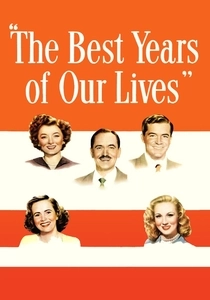
The Best Years of Our Lives (1946)
Description: This classic film follows three World War II veterans as they return home to a changed America, grappling with physical disabilities, psychological trauma, and societal expectations. It's a poignant exploration of the challenges faced by those who've seen the horrors of war.
Fact: The film was one of the first to address the psychological effects of war on soldiers. It won seven Academy Awards, including Best Picture.
 Watch Now
Watch Now 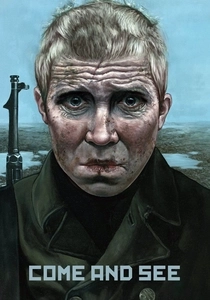
Come and See (1985)
Description: This Soviet film portrays the Nazi occupation of Belarus through the eyes of a young boy, highlighting the brutality of war and its aftermath on a personal level.
Fact: The film was shot in black and white to give it a documentary feel, and many scenes were improvised to capture raw emotion.
 Watch Now
Watch Now 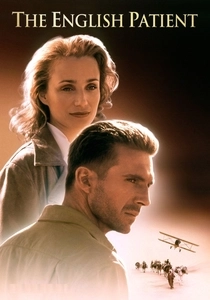
The English Patient (1996)
Description: Set during the end of World War II, this film explores the lives of several characters dealing with the aftermath of war, love, and loss in a bombed-out Italian villa.
Fact: The film won nine Academy Awards, including Best Picture, and its score by Gabriel Yared is considered one of the best in film history.
 Watch Now
Watch Now 
The Pianist (2002)
Description: Based on the true story of Władysław Szpilman, a Polish-Jewish pianist who survived the Holocaust by hiding in the ruins of Warsaw, this film captures the personal aftermath of war and genocide.
Fact: Adrien Brody won the Academy Award for Best Actor for his role, and he famously sold his car to prepare for the role, living like a homeless person.
 Watch Now
Watch Now 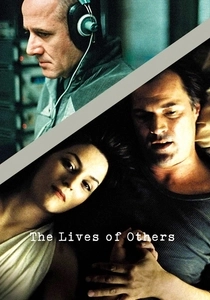
The Lives of Others (2006)
Description: Set in East Germany, this film examines the surveillance state and its impact on individuals, showing how the aftermath of war and political division continues to affect lives.
Fact: The film won the Academy Award for Best Foreign Language Film and was the first German film to win this award since
 Watch Now
Watch Now 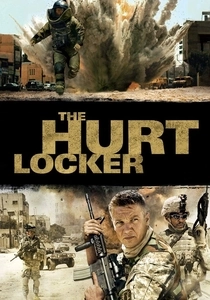
The Hurt Locker (2008)
Description: While primarily about the war in Iraq, this film focuses on the psychological toll on bomb disposal experts, showing the lingering effects of war on soldiers even after they return home.
Fact: Kathryn Bigelow became the first woman to win an Academy Award for Best Director for this film.
 Watch Now
Watch Now 
The Railway Man (2013)
Description: Based on the memoir of Eric Lomax, a former British Army officer who was tortured by the Japanese during WWII, this film explores his journey to confront his past and find peace.
Fact: The film was shot in locations where the actual events took place, including the bridge on the River Kwai.
 Watch Now
Watch Now 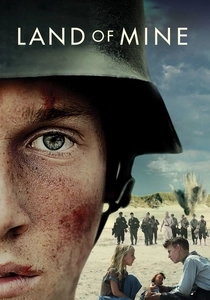
Land of Mine (2015)
Description: This Danish film tells the story of young German POWs forced to clear landmines from Danish beaches after WWII, highlighting the human cost of war's aftermath.
Fact: The film was inspired by real events, and the director, Martin Zandvliet, conducted extensive research to ensure historical accuracy.
 Watch Now
Watch Now 
Grave of the Fireflies (1988)
Description: Set in Japan during the final months of World War II, this Studio Ghibli film tells the heart-wrenching story of two siblings struggling to survive in the aftermath of the bombing of Kobe. It's a stark reminder of the civilian cost of war.
Fact: Despite its critical acclaim, the film was initially a commercial failure in Japan due to its grim subject matter.
 30 Days Free
30 Days Free 
The Zone of Interest (2014)
Description: This film focuses on the life of Rudolf Höss, the commandant of Auschwitz, and his family, living next to the camp, showing the chilling normalcy of life in the shadow of genocide.
Fact: The film was shot in the actual house where Höss lived, which still stands near Auschwitz.
 30 Days Free
30 Days Free 








